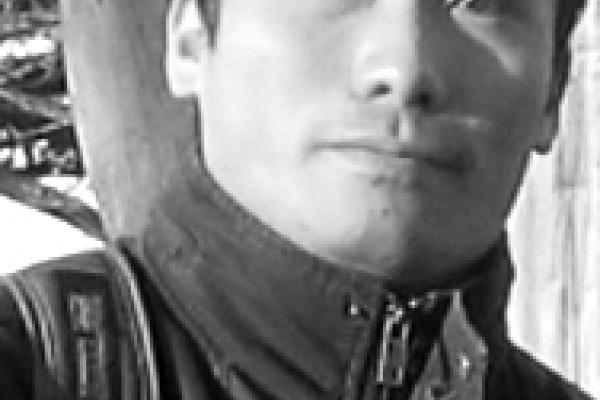
The Fermi Bubbles are a pair of giant lobes at the heart of the Milky Way, extending roughly 50 degrees north and south of the Galactic Center, and emitting photons with energies up to 100 GeV. This previously unknown structure could be evidence for past activity of the central supermassive black hole. I will outline the current state of the multiwavelength observations of this structure, and discuss theoretical proposals and numerical simulations for their nature and origin. The Fermi Bubbles was discovered using data from the successful Fermi Gamma-ray Space Telescope, which has proved the great potential of studying astrophysics, cosmology, and fundamental physics in high energy gamma rays. I will talk about three future gamma-ray missions: DAMPE, HERD, and PANGU, and comment on what science could be learned from these future missions.
